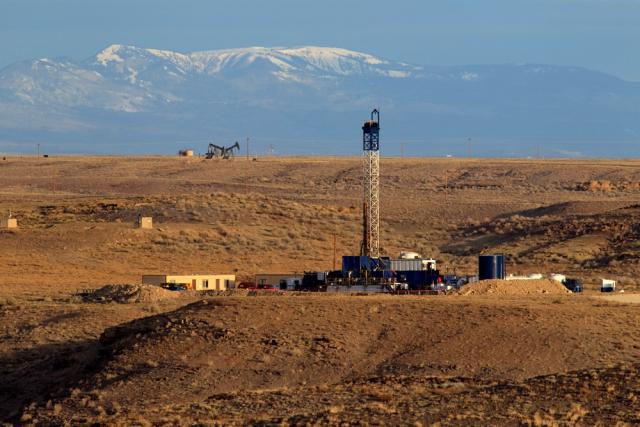
While the seller has decided to remain undisclosed, “I will say for the seller, I think this was largely a noncore asset. And for us, it's very much a core asset,” Greylock Energy CEO Kyle Mork said. (Source: Hart Energy)
Greylock Energy said March 8 that the company acquired roughly 290,000 gross acres and other assets in the Uinta and Green River basins of Utah and Wyoming from an undisclosed seller.
In an exclusive interview, Greylock CEO Kyle Mork told Hart Energy the expansion, which includes about 1,400 producing wells, will boost the company's oil production from about 1,000 barrels of oil per month in its conventional Appalachia assets to 1,000 bbl/d.
“It’s almost a 30-fold increase and then the wells also produce a significant amount of NGLs, call it 1,500 bbl/d or so of NGL,” Mork said, adding he could not disclose the price of the deal.
The company’s purchase wasn’t tied to a rise in commodity prices that has taken on windfall proportions as the Russian Federation’s invasion of Ukraine, now nearly two weeks old, has sent oil soaring.
Greylock signed a purchase and sale agreement (PSA) before Christmas and, Mork said, the company sees itself largely as a gas player and had also evaluated largely gas assets.
While the seller has decided to remain undisclosed, “I will say for the seller, I think this was largely a noncore asset. And for us, it's very much a core asset,” he said.
One of the things we like a lot is we are getting some exposure to liquids,” he said. “And we like geographically where it sits. In recent years we’re taking a pretty big discount to Henry Hub [prices] and these assets are really kind of the opposite. They generally are trading flat or evet at a premium to Henry Hub because a lot of this gas ultimately gets exposure to the West Coast and even to California.”
In addition to the new assets, Greylock will also retain about 60 employees from the seller, Mork said.
While financial details weren’t disclosed, he said that the deal was negotiated on a PDP value basis and did not ascribe any value to upside potential.
Mork anticipated that it will continue to transact in more PDP-heavy deals.
“Obviously we’re in kind of two basins now. We’re not necessarily trying to get into a third based, but we are open to looking at opportunities in other places,” he said.
Greylock Energy is headquartered in Charleston, West Virginia with offices in West Virginia, Pennsylvania, Utah, and Wyoming and with operations scattered throughout Appalachia and the Rockies. The company’s assets comprise more than 1.19 million acres, about 6,700 wells, including operation of 4,000 wells throughout Appalachia and 2,600 miles of pipeline.
Greylock’s leadership is an experienced team with decades in the energy industry and experience in the Rockies. The company was formed in 2017 with a $400 million commitment from ArcLight Capital Partners and acquired gas production and midstream assets of Energy Corp. of America.
Recommended Reading
Exclusive: Mesa Minerals IV to Reload in Haynesville, Permian, Other Basins
2025-03-19 - Mesa Minerals IV, backed by NGP funds, is launching to acquire mineral and royalty interests in the Permian and Haynesville, said Mesa President and CEO Darin Zanovich at DUG Gas.
Queen’s Chess: Changing the Rules
2025-02-28 - There’s a popular response to the inexplicable: “I don’t know. I don’t make the rules.” But what is known with certainty, as shown throughout history, is that we can change them.
Comments
Add new comment
This conversation is moderated according to Hart Energy community rules. Please read the rules before joining the discussion. If you’re experiencing any technical problems, please contact our customer care team.



